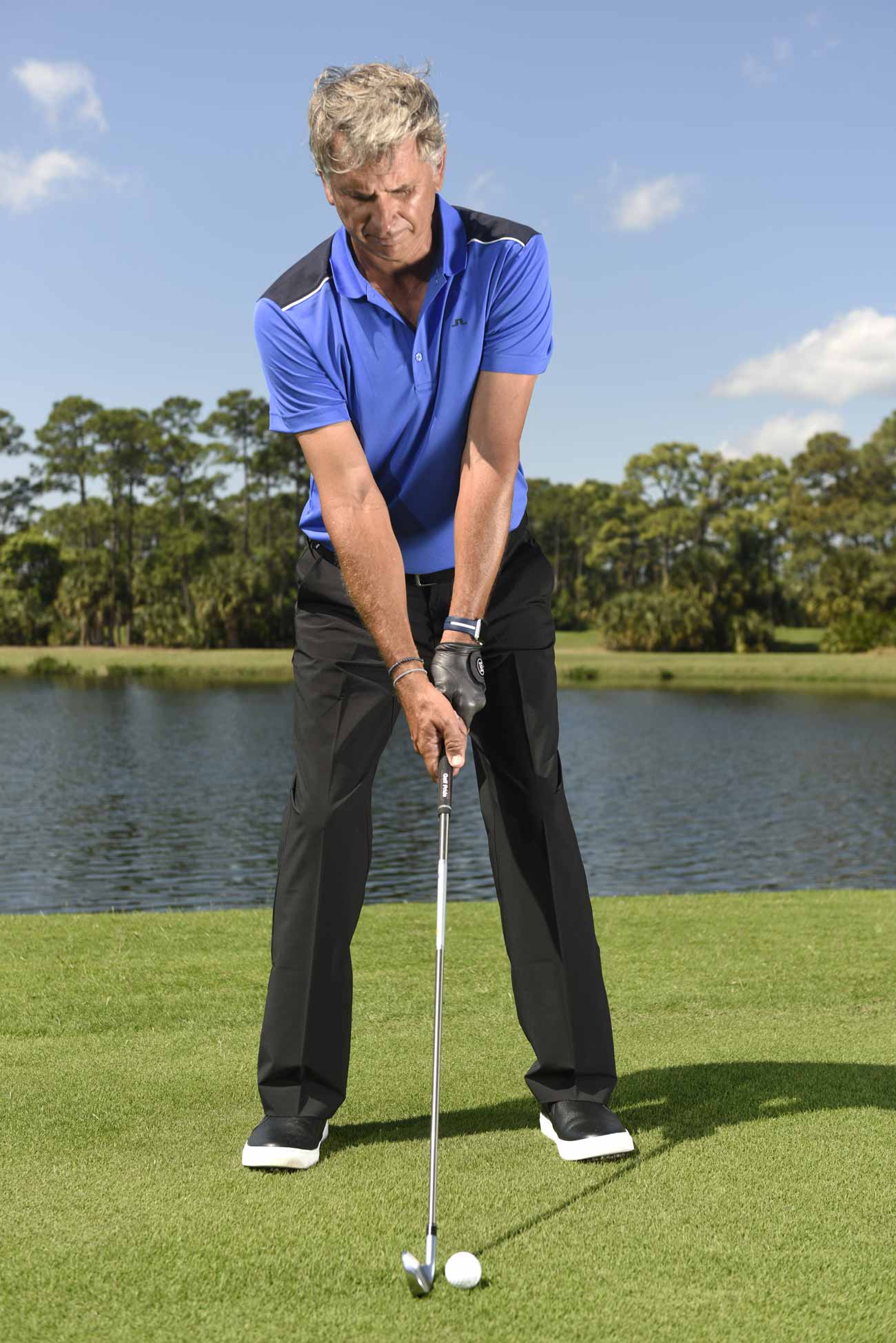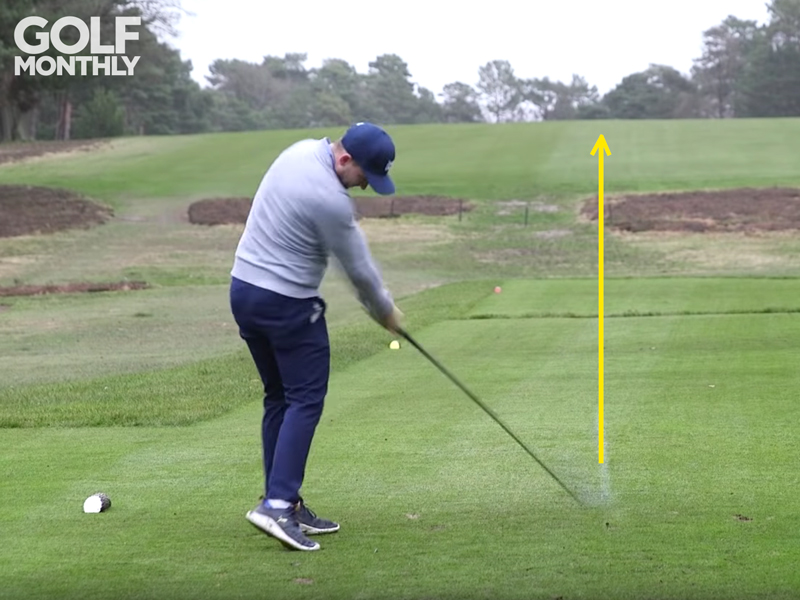
In golf, ball speed and clubhead speed can be misinterpreted. You should keep in mind that golf ball speed is greater than swing speed when choosing the right ball. In other words, if you are looking to hit a long shot, you should go with a low-compression ball. For those with slow swing speeds, low compression balls are best. Players with slower swing speeds can benefit from lower-compression golf ball.
Clubhead speed is slower than ball speed
Golfers are familiar with the importance of ball speed and Tiger Woods’ success. But what does ball speed even mean? How does it affect your game? Golf balls can reach speeds up to 255 ft per second while planes can only fly at 51 ft per second. Although ball speed is an important factor in improving your game it is often overlooked by many golfers. Let's take a closer look at the difference between ball and clubhead speed.
Ball speed is the result of your swing and clubhead speed. The faster the ball moves, the better your clubhead will meet the ball. The best way to increase the ball speed is to hit the center of the head more often. The clubhead should travel at least one mile per hour faster that the ball. For consistent results, aim at a smash factor greater than 1.50. The higher your smash factor, the more efficient your golf swing is.

For slower swing speeds players, lower compression golf balls will increase the distance.
Low compression golf balls are ideal for slow swing speed players who need to generate distance. Low compression balls transfer energy from the clubhead more efficiently than other balls, so they provide greater distance and control on chip and putt shots. They also have a softer feel than traditional golf ball, giving slower players more control over the ball when it hits the ground. TruFeel and TourQuest Tour are the two most commonly used low-compression golf balls.
Consider the compression rate when shopping for a new golf ball. Low compression will be most beneficial for those with slow swing speeds. These balls can increase distance for players who have slow swing speeds and provide better feel off the clubsface. If you have a faster swing speed, it is advisable to select a ball with a greater compression rating. This will allow you to increase your distance while maintaining control. But, keep in mind that most of your strokes are shorter than your driver speed.
You want a ball that will perform well for your swing speed
Your swing speed and distance will influence the golf ball you choose. A typical golfer can drive approximately 250 yards with a clubhead speed around 2.3 mph. Many players don't achieve this speed. A high compression rating (100+) golf ball is required if your swing speed is greater than 105 MPH. This type of ball will give you the longest distance and spin rates while still providing optimal ball flight.
There are many different sizes and types available for golf balls. It is important to choose the right size and type for your swing speed. High-speed golfers should choose a ball with a high compress rating for better control and precision. Lower-speed golfers can opt for a ball with a low compression rating. Golfers with intermediate swing speeds may choose a ball with a higher compress rating if they aren't concerned about a lower compression.

The right compression is important when choosing a golf club.
The right compression is vital if your goal is to improve your golf game. There are many factors you should take into consideration, such as your swing speed or swing path. Here are some factors to be aware of when choosing a golf ball. Although they are easier to compress upon impact, low compression balls tend to rebound faster. High compression balls, however, are easier to hit and can produce lots of spin and backspin.
First, find your swing speed. This will enable you to choose the ball that has the highest compression and will travel the most distance. You might choose a ball with a lower compression if your swing speed is medium. For fast swingers, a ball with high compression is best. The golf ball's compression is dependent on your swing speed, as well as the core.
FAQ
What is a Par?
Par refers to how many strokes are required to complete a hole. The total score is calculated by adding up each player's individual score.
You can play 18 holes during a round. Each hole has a different rating. The "par 3" hole is the most highly rated. It is three strokes from the hole. "Par 5" is the lowest rated hole. It is located five strokes from hole.
How can I learn to play golf?
Yes. There are many schools that offer instruction in golf. You will need to purchase new equipment like a set of golf clubs.
What are the various types of golf courses available?
There are many options for golf courses. Some are for beginners and others for experienced players.
Some courses are near rivers, lakes, mountains, or forests. Others are in urban areas. There are many golf courses, from public parks to private estates.
Is golfing dangerous?
Although golf is not considered an extremely dangerous sport, it can cause injury. If you are swinging a club, for example, your arm might be broken.
However, most injuries happen when you fall from your golf cart.
Statistics
- He shanked the first attempt, but it is estimated his second went more than 200 yards (180 m).[52]Golf courses worldwide. Below are the top 20 countries with the most golf courses as of 2019.[53]CountryNumber of (en.wikipedia.org)
- Buying a set of Titleist or Taylor-Made irons for nearly $1,000 is simply not necessary and likely a waste of money. (golficity.com)
- In the United States, women made up 25 percent of golfers in 2021, which was up from 19 percent in 2011, and junior female golfers account for 35 percent or 1.1 million golfers.[50] (en.wikipedia.org)
- They do this by means of assessing and rating courses according to the average good score of a "bogey golfer," a player with a handicap of around 20. (en.wikipedia.org)
External Links
How To
How to Hit the Perfect Bunker Shot
A bunker shot refers to a type of shot in golf where your ball is directed at a spot on the green (the hole), and you aim for that spot so it doesn't bounce off the surface. This is done by taking advantage of the slope of the green. The idea is to get the ball into the most direct path possible towards the hole.
You want to play golf in the best possible line to get to your target point. You have to consider several factors such as how much distance away you are from the target, what kind of terrain you're hitting through, whether the ball needs to bounce off the ground or fly straight, and even weather conditions.
First, understand the basics of bunker shooting. To start, determine whether your bunker shot is going uphill or lower. A drawing club is required if you are facing uphill. You'll need to swing with an fade if you are facing downhill. Next, figure out how fast your body must move in order to prevent the ball from hitting the green. You can do this by measuring the angle between the ball and the direction you're traveling. Finally, you will need to know how big the bunker is you're trying to hit.
These are the basics of swinging. As you would with any other shot, swing hard enough for the ball to go past the club head. But slow enough to keep the ball from bouncing off green. You can start your approach once you have found the right speed, trajectory and direction. Slowly approach and touch the ball so that you can see the landing spot. After you have taken one last look at your ball, release it. If everything goes according the plan, you should get a perfect shot at bunker.